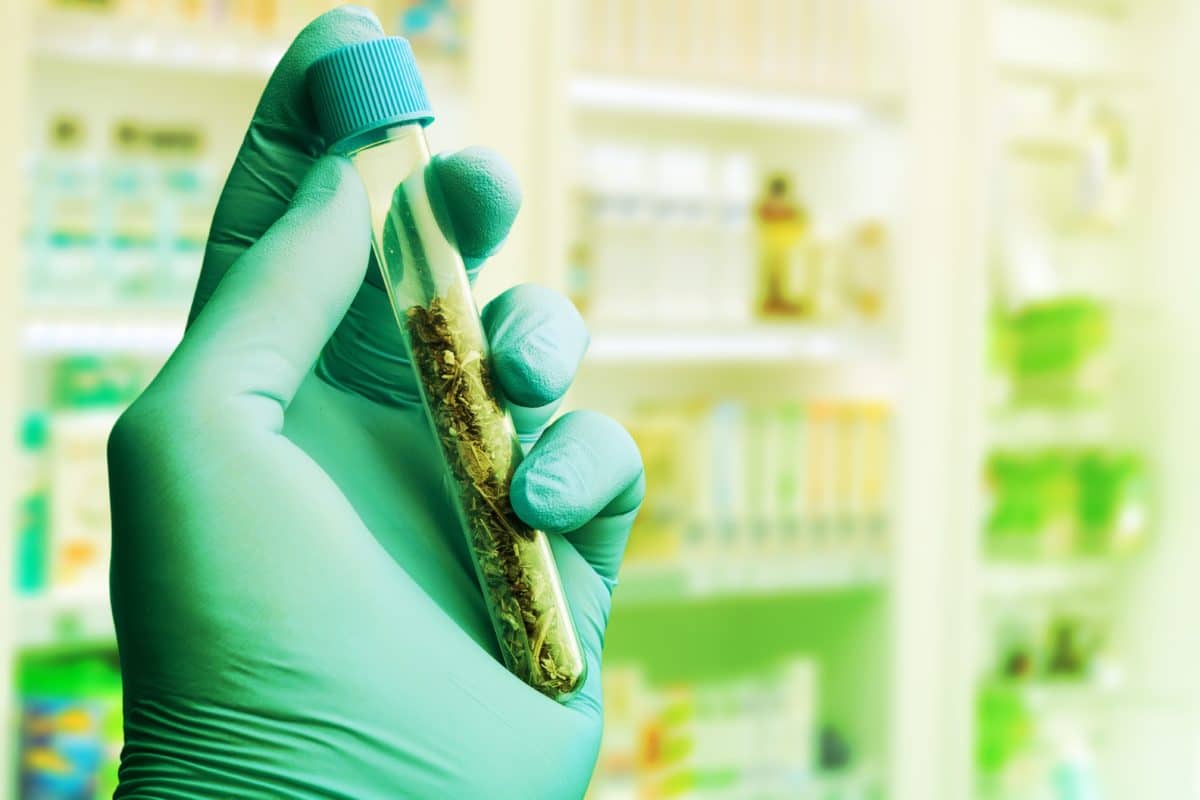Under the Cannabis Act & Regulations, applicants are required to obtain a licence issued by Health Canada in order to conduct activities relating to analytical testing involving cannabis.
Therefore, individuals and corporations who wish, for the purposes of testing, to possess cannabis and to alter the chemical or physical properties of this cannabis by any means for the purposes of testing, may apply for an analytical testing licence.
To help you truly understand what an analytical testing licence is and what activities are covered under it, we’ve compiled a list of the top five things you should know before applying.
1. ACTIVITIES COVERED BY AN ANALYTICAL TESTING LICENCE
When it comes to the activities covered under an analytical testing licence, there are quite a few to choose from. Analytical testing licence holders may conduct activities that include, but are not limited to, any combination of the following testing processes:
- Chemical contaminants (e.g. heavy metals, solvent residues)
- Microbial contaminants (e.g. yeast, molds, bacteria, aflatoxins)
- Cannabinoid content (e.g. delta-9-tetrahydrocannabinol [THC], tetrahydrocannabinolic acid [THCA], cannabidiol [CBD], and cannabidiolic acid [CBDA])
- Dissolution or disintegration
- Sterility
- Stability (e.g. if the licence holder proposes to include a product expiry date)
- Pesticides
- Other (e.g. seed viability testing)
2. REQUIREMENTS FOR THE HEAD OF LABORATORY
Under the Cannabis Act & Regulations, a holder of a licence for analytical testing must retain the services of one individual as the Head of the Laboratory.
This person will be working at the licensed site and must have the training, experience and technical knowledge related to the duties of the position. The Head of Laboratory will be responsible for the testing activities under section 91 of the Cannabis Regulations (testing each lot/batch for composition).
The Head of Laboratory must possess a degree in a science related to the work to be carried out. The degree must have been bestowed by a Canadian university, or by a foreign university that is recognized by a Canadian university or a Canadian professional association. As part of the application for an analytical testing licence, applicants must submit proof of qualifications for the Head of Laboratory position. This can include a copy of their degree(s), a copy of their academic transcripts, their resume evidencing previous work experience, and any applicable letters of reference.
A holder of a licence for analytical testing may designate one or more individuals as the alternate heads of the laboratory, provided they are qualified. These alternates must be identified and their credentials included with the application.
3. PHYSICAL SECURITY
The site where your proposed analytical testing lab will be located will need to have some basic security measures in place. You will also need to disclose this information to Health Canada as part of your application. The description of the physical security plan must include a brief overview of the site, including its perimeter and storage areas. Furthermore, you will need to detail how the storage areas are designed, to prevent unauthorized access to the cannabis. Health Canada recommends you provide a site plan and a floor plan with your application, which show clear identification of the perimeter and the delineation of storage areas.
4. DESTRUCTION OF SAMPLES
Analytical testing licence holders must destroy the sample of a lot or batch of cannabis that has been distributed to them, and all cannabis obtained from that sample. This must be done within 90 days of the testing of the sample of the lot or batch being completed. Furthermore, if testing of the sample is not initiated within 120 days of its receipt, the licence holder must, by the end of that period, either destroy the sample or distribute it to another holder of a licence for analytical testing (or to the individuals referred to in section 4 of the Cannabis Regulations.)
Destruction of cannabis samples of a lot or batch must be carried out in a manner that fulfills the requirements of section 43 of the Cannabis Regulations. When submitting an analytical testing licence application, applicants must include a description of the destruction method that will be used, as well as an attestation stating that at least two individuals who are qualified to witness the destruction (e.g. employees of the licence holder) will be present during the destruction process.
5. ADDITIONAL APPLICATION PIECES
While the application for an analytical testing licence is not as extensive as that of a cultivation or processing licence application, there are still some important requirements that need to be met, as well as documents that need to be included with your application.
In order for your application to be considered for review by Health Canada, your facility should already be built. Also, in addition to naming a Head of Laboratory, applicants will need to declare any directors/officers of the corporation, and designate a Responsible Person who has the authority to bind the licence holder (often the CEO or Director of the organization, or someone delegated by that person).
Some additional areas where information and documentation will need to be provided includes: corporation (incorporation documents), mailing address, site details (including floor plan and site plan showing the building envelope and proposed laboratory area/storage areas), physical security plans, and record keeping details.
There you have it – the top five things we think you should know about analytical testing licences for cannabis in Canada. Contact us today for a free consultation, and let us help you get started on the path to obtaining a cannabis licence and running a successful cannabis testing business!


